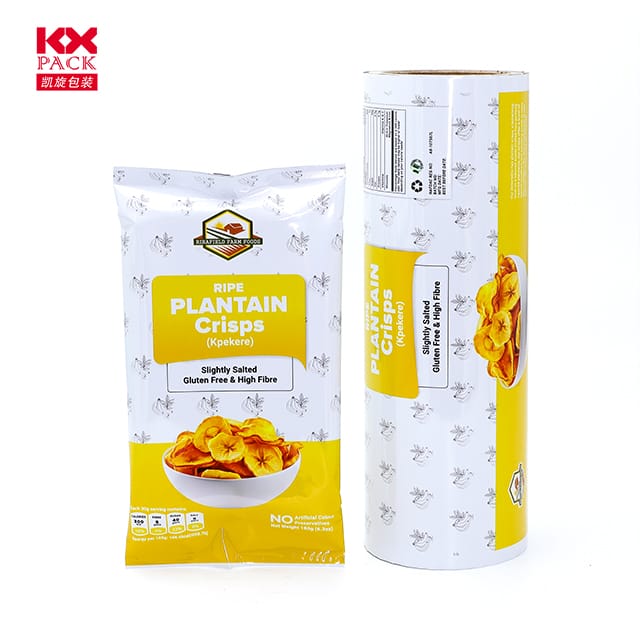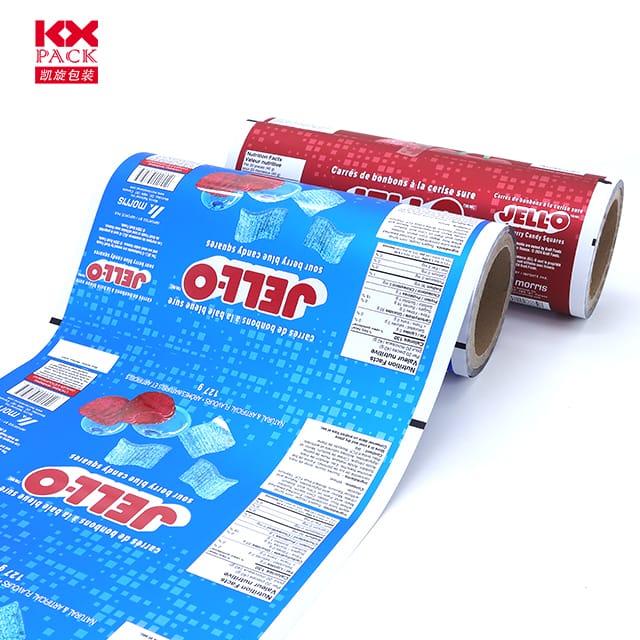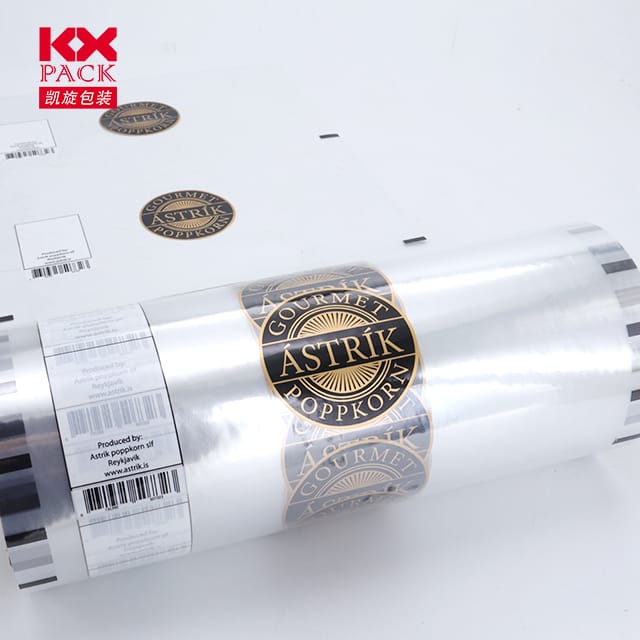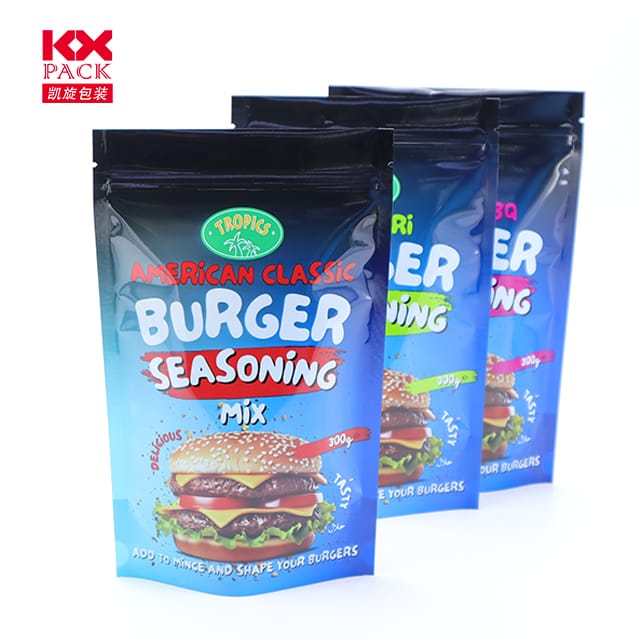Plastik filmning evolyutsiyasi va ta'siri: Innovatsiyalardan barqarorlik bilan bog'liq muammolar
Plastik film
Plastic film, Ko'pincha qimmatlanmagan materiallar, zamonaviy hayotni son-sanoqsiz yo'llar bilan ta'minlaydi. Tibbiyot vositalarini va izolyatsiyalarni izohlash uchun oziq-ovqat mahsulotlarini va ekinlarni qadoqlash, Uning engil chidamliligi va iqtisodiy samaradorligi uni ajralmas holga keltirdi. Biroq, Atrof-muhitga bog'liq bo'lganidek, plastik kino sanoati tanqidiy burilish nuqtasiga duch keladi: balancing innovation with sustainability.
A Multifaceted Marvel: Sanoat sohalaridagi arizalar
Plastic film’s adaptability stems from its composition—typically polyethylene (PE), polipropilen (PP), or polyvinyl chloride (Pvc)—which can be tailored for specific uses:
- Oziq-ovqat mahsulotlarini qadoqlash: Stretch films, cling wraps, and vacuum-sealed pouches extend shelf life and reduce waste.
- Qishloq xo'jaligi: Mulch films conserve water, suppress weeds, and boost crop yields by up to 30% in arid regions.
- Sog'liqni saqlash: Sterile wraps for surgical instruments and blister packs for pharmaceuticals ensure safety and hygiene.
- Construction: Vapor barriers and shrink films protect buildings from moisture during construction.
The global plastic film market, qadrlanadi$160 milliard 2023, is projected to grow at 4.5% annually, driven by emerging economies and e-commerce packaging demands.
Ekologik kondundrum: A Double-Edged Sword
Yordamga qaramay, plastic film’s environmental footprint is undeniable:
- Waste Accumulation: Single-use plastic films, such as shopping bags and food wraps, account for20% of marine plastic pollution, entangling wildlife and microplastics infiltrating ecosystems.
- Qayta ishlashda shoshilinch to'siqlar: Thin, multi-layered films are difficult to sort and process, with recycling rates hovering around5–15% in developed nations.
- Microplastic Threat: Fragmented films release tiny particles into soil and water, posing risks to human health through the food chain.
Regulatory pressures, such as the EU’sBir martalik plastmassa asarlari and China’s ban on non-degradable bags, are forcing industries to rethink plastic film’s role.
Pioneering Solutions for a Circular Future
Ushbu muammolarni hal qilish uchun, manufacturers and innovators are exploring sustainable alternatives:
- Biodegorda va kompostsion plyonkalar:
- Materials like PLA (polikaktik kislota), makkajo'xori kraxmalidan olingan, and PBAT (polybutylene adipate terephthalate) offer eco-friendly options. Brands likeNatureWorks vaBASF are scaling production.
- Case Study: A UK supermarket chain replaced conventional bags with compostable PLA films, reducing plastic waste by 40%.
- Advanxik qayta ishlash texnologiyalari:
- Chemical recycling breaks down mixed plastics into raw materials, enabling closed-loop systems.
- Mechanical recycling upgrades post-consumer films into pallet wraps or construction materials.
- Reusable and Thinner Alternatives:
- High-barrier, recyclable mono-material films (E.G., PE-only packaging) simplify recycling.
- Kabi yangiliklaredible seaweed-based coatings for fresh produce could eliminate single-use wraps entirely.
Industry Collaboration and Policy Drivers
Governments and corporations are aligning to accelerate change:
- Kengaytirilgan prodyuser javobgarlik (Epchil) schemes in the EU and U.S. mandate brands to fund recycling infrastructure.
- Corporate Commitments: Unilever, Nestlé, and Walmart aim to use 100% recyclable or reusable packaging by 2025, driving demand for sustainable films.
- Agricultural Innovations: Biodegradable mulch films, tested in India and the U.S., decompose within 180 kunlar, reducing soil contamination.
Oldin yo'l: Balancing Progress and Planet
The future of plastic film hinges on three pillars:
- Moddiy yangilik: Scaling bio-based and recyclable alternatives without compromising performance.
- Circular Design: Prioritizing reusability, recyclability, and compostability in product development.
- Consumer Engagement: Educating the public on proper disposal and advocating for reuse systems.
As technologies mature and policies tighten, plastic film could transition from a symbol of environmental harm to a beacon of sustainable innovation. The challenge lies not in abandoning this versatile material, but in reimagining its lifecycle—from linear waste to circular resource.
Sources: Smithers Pira, Ellen MacArthur Foundation, Industry Reports 2024
Xulosa: Plastic film, once a hallmark of convenience, now stands at a crossroads. By embracing innovation, hamkorlik, va atrof-muhitni boshqarish, the industry can safeguard both human needs and the planet’s future. The journey has begun—will we rise to the challenge?







